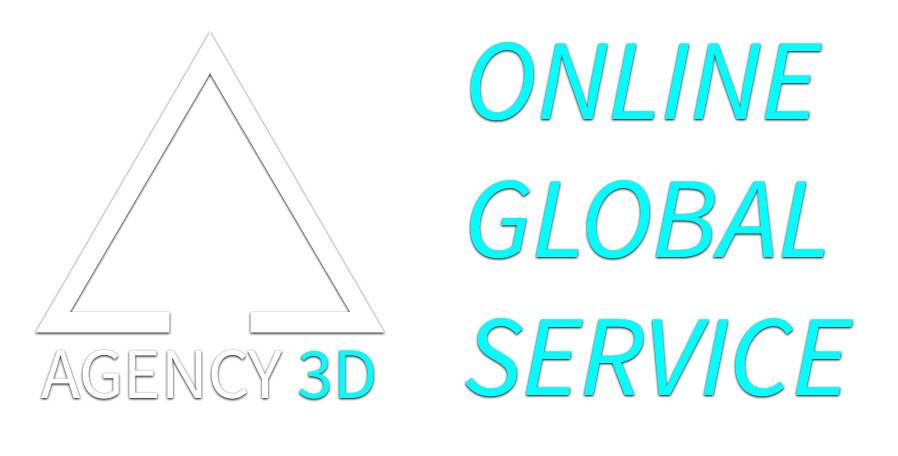Let’s take it straight here, we are in the middle of fast forward and interchangeable world and that affect our work and lifestyle. In our case, as 3D modeler, we have many tools to apply to the project. 3D modeling or model making? Hand drawing or Digital painting? Every tools are suitable to each different contexts. And that depends on how we use it for and what to use it for.
The point we want to say is; if you had happened to be in the architectural visualization service, you would have find it common that some architects have the negative thoughts toward 3D rendering — you cannot study space from 3D rendered image.
Which is, for us, is a personal attitude.
Basically, there are 2 main purposes to use 3D rendering image as beneficial tool. First we can use it as a tool for studying space, and second is a tool for presentation purpose. With the different purpose of usage, we have listed the factors that significantly affect the people’s attitude toward this useful tool.
Studying space through 3D architectural rendering
Every architecture students know their own old-fashioned way of space study through “model making” which is the excellent way to visualize the realistic tangible space by hand. But with technology develops fast and faster, and people have to work within limited time frame to meet the client expectation, new generation architects choose to invest their skill in Computer Aid Design (CAD) program like “Sketchup” to study the space. The common problem is some architects misapprehend the use of CAD program to be all in one tool that they can learn how to build their project completely from concept to the final design, and that included 3D rendering, which is wrong.
There is a difference between baking a delicious cake and making cake looks interesting on the ads — 3D modeling and 3D rendering is a two different stories.
But not all of the fundamental skills in 3D modeling and rendering are irrelevant. There are some related factors that affect the whole things to be realistic. A good 3D model significantly affect the end result, no doubt. A nice baked cake can make food stylist and photographer a smooth job to deliver the impact at their full potential. It is the architect’s role to deliver a precise and clear message by using the most efficiency of their tools.
Unrealistic perspective
In our career, we have always heard of the questionable comment like; “Why these perspective look so dramatic?”, “I’ll bet the real one doesn’t look like what you sent to me.” or “ridiculous camera angle, bla, bla ,bla…etc.”.
Of course, there are some truths in those words. Here, let us think about these for a second. There is a common ground between 3D computer rendering and Photography discipline. That is how to make the truth look interesting. The problem is that the whole truth is always boring, if we don’t add some spices then where is the fun in that?
That is creativity.That is passion!
This may look artistic to you but rest assured, with the emotion details (mist, ambient lighting, stained wall, etc.) are added into the work, they can be a useful part when it comes to communicate with the client; how do the architect want the final result look like? The most impressive moment of the space when it is fully function? What is the overall lighting atmosphere? Light, shadow, texture, you name it. Emotional factors can significantly enhance the final result.
Unrealistic camera angle
The camera angle plays a crucial role in rendering. It can shape the impossible. Architecture photography also need some unrealistic distortion angle to expose the hidden relation between space and some specific details. This is purely for function and communication.
Each view has different usage, some show the overall concept of the project, and others show the whole circulation which in the tangible world hard to visualize realistically. With these unrealistic perspective, architects can send the precise message to their own clients. You may not want to have the realistic angle one to represent the incomplete details. That is impractical, for us.
Above of all, we want to tell you that the art of 3D computer rendering is merely a tool of communication. It can deliver realistic and artistic feeling toward the clients. Or it can be just a tools to study the overall space, and that depends on how we use it.
